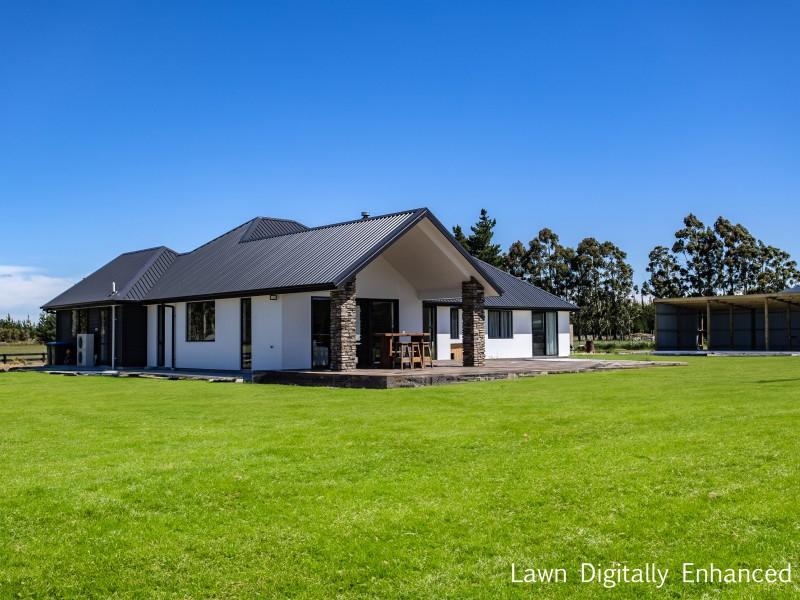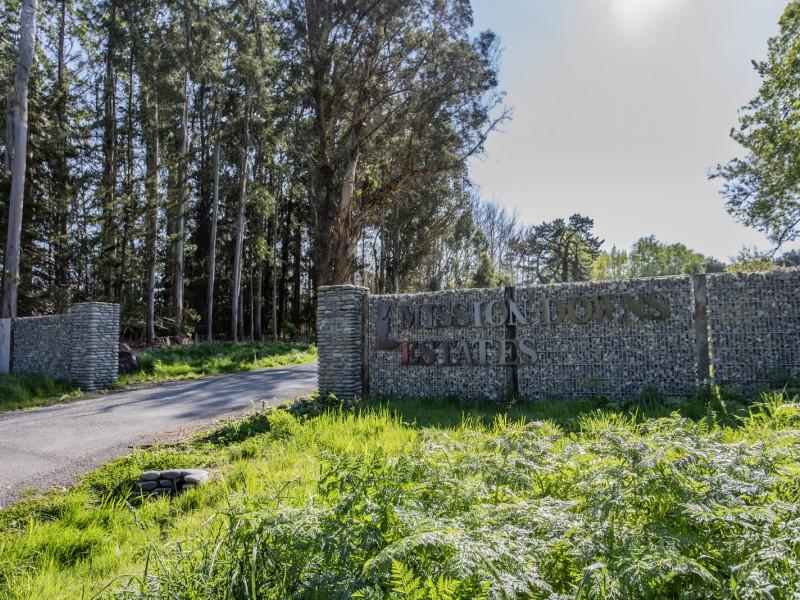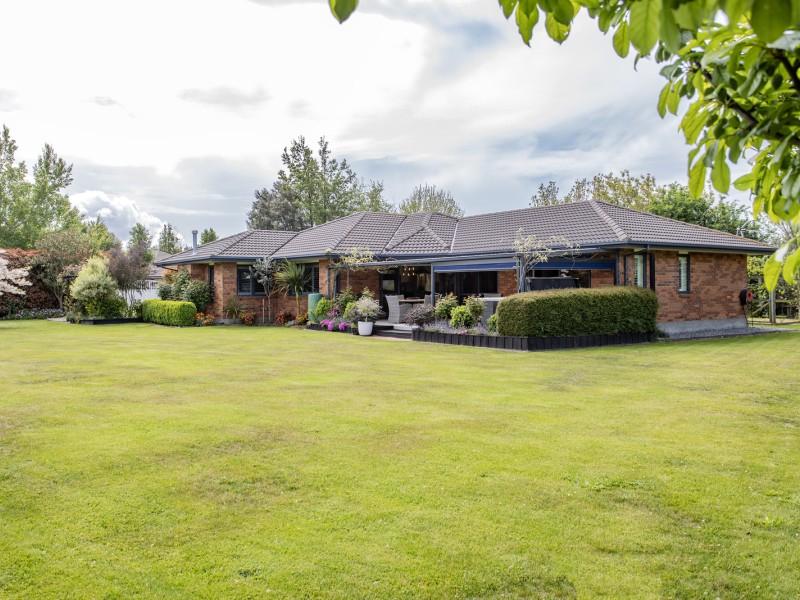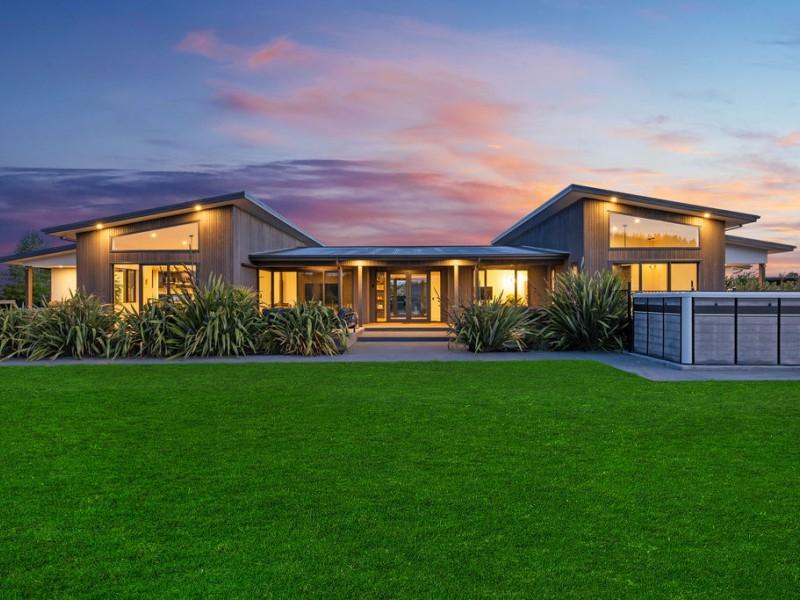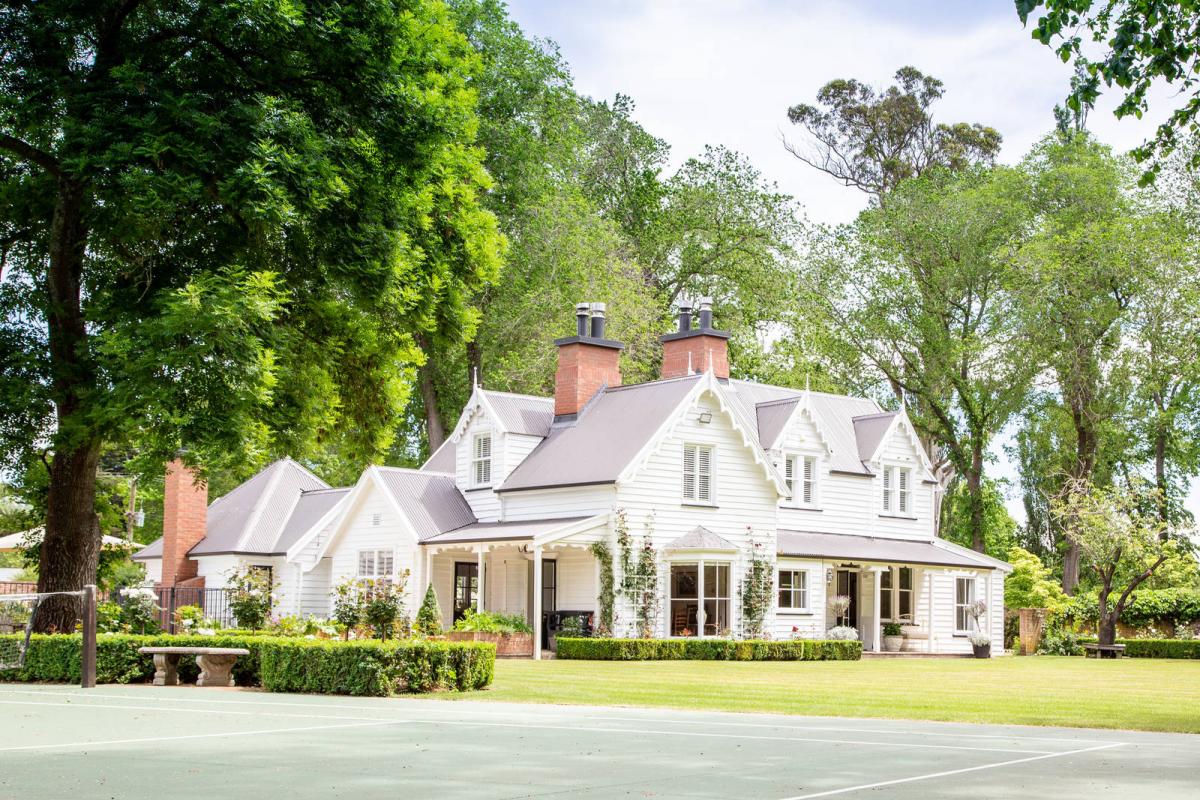Speed reduction preferred
By David Hill, local democracy reporter
Reducing speeds rather than installing wire barriers is the best way to reduce fatalities, says a former Christchurch City councillor.
Mike Stevens, who served two terms on the Christchurch City Council, has been meeting landowners and businesses along State Highway 1 between Cam River, Kaiapoi, and Saltwater Creek, north of Ashley River, to hear their concerns.
"People feel like they’re not being listened to and they don’t know what to do," he said.
Waka Kotahi NZ Transport Agency is proposing to install wire barriers, known as cheese graters, on the centreline.
But at a meeting with Waka Kotahi director of regional relationships, James Caygill, last month, residents realised that under the agency’s guidelines, wire barriers were not required when the speed limit was under 70kph.
Stevens advocated setting a speed limit of 60kph from Cam River, south of Pine Acres intersection, and Woodend, and then from Woodend to Ashley River.
The present speed limit was 80kph.
"There will be complaints, but I would rather see lives saved in what is one of the most dangerous intersections in New Zealand."
He also advocated stopping traffic from turning right at the Pine Acres intersection.
As a former break-down service operator, Stevens said the Pine Acres intersection was "the most profitable intersection in Canterbury".
These days Stevens passes between his property at Saltwater Creek and Christchurch along SH1 each day.
"Whatever they’ve done here has not improved it," he said while parked up in the layby just north of Pine Acres.
The layby was where truck drivers stopped to take a rest or to change drivers.
Stevens said the proposed Woodend Bypass would solve many of these problems, when it opened.
A SH1 business, which did not wish to be named, told Local Democracy Reporting they agreed with Stevens’ sentiments.
A Waka Kotahi spokesperson said a letter had been sent to all residents and businesses on SH1 between Saltwater Creek and Cam River at the end of last year inviting them to contact the agency if they had any concerns.
"We have received a lot of comments about our current design for safety improvements along SH1 between Saltwater Creek and Cam River.
"We are continuing to talk with our partners, undertake further investigations and consider the comments received as we work further on the design.
"We will be keeping the community informed as we progress."
Residents and businesses can still contact safetynorthcanterbury@nzta.govt.nz to share their concerns.
It’s Riddle Time – You Might Need an Extra Cup of Coffee!
Nobody has ever walked this way. Which way is it?
Do you think you know the answer to our daily riddle? Don't spoil it for your neighbours! Simply 'Like' this post and we'll post the answer in the comments below at 2pm.
Want to stop seeing riddles in your newsfeed?
Head here and hover on the Following button on the top right of the page (and it will show Unfollow) and then click it. If it is giving you the option to Follow, then you've successfully unfollowed the Riddles page.

Poll: Do you think NZ should ban social media for youth?
The Australian Prime Minister has expressed plans to ban social media use for children.
This would make it illegal for under 16-year-olds to have accounts on platforms including TikTok, Instagram, Facebook and X.
Social media platforms would be tasked with ensuring children have no access (under-age children and their parents wouldn’t be penalised for breaching the age limit)
.
Do you think NZ should follow suit? Vote in our poll and share your thoughts below.

-
84.7% Yes
-
13.9% No
-
1.4% Other - I'll share below
Heritage gem or dangerous burden? Bowling club’s dilemma with historic pavilion
By David Hill, Local Democracy Reporter
A Rangiora sports club is frustrated with the increasing maintenance and insurance costs of its 113-year-old pavilion, which can't be demolished due to its historic importance.
The Rangiora Bowling Club approached the Waimakariri District Council last year for help, but was yet to find a satisfactory solution for the pavilion.
It is registered with Heritage New Zealand and listed in the Waimakariri District Plan, leaving the club with few options.
The club’s ex-president Norman Hewett said the pavilion on Good St, north of the town centre, is unsafe and no longer fit for purpose.
Hewett said the council has been supportive and Heritage New Zealand has offered advice, but no funding.
‘‘Everybody thinks the building is worth preserving, but there is a cost and it shouldn’t be put on the bowling club.
‘‘As far as we are concerned it is not fit for purpose and we want to know how we can get round that.
‘‘We want to know what the community thinks and if they want to retain it, are they willing to pay for it?’’
The club has formed a sub-committee to explore what options are available.
Sub-committee member Rodger Wilton said the club has been unable to find any record that the club had a say when the building was given heritage status.
Built in 1911, the pavilion served the Rangiora Bowling, Tennis and Croquet Club, which originally shared the site.
It cost 945 pounds and was opened on October 28, 1911.
The three clubs purchased 1.25 acres on the corner of Blackett and Good streets in April 1905, but later parted company, with tennis and croquet moving to new sites.
While no quotes have been sought, Hewett believed it would cost more than $1 million to bring the pavilion up to code.
Ideally the club would like to demolish the pavilion so it can upgrade its main building and remain on site.
The stairwell was non-compliant and there was no wheelchair access, meaning the club was unable to use the upstairs facilities.
There are loose tiles on the roof which need replacing.
An attached building behind the pavilion is sufficient to meet the needs of the 140 members and for hosting the largest bowls tournament in North Canterbury, Hewett said.
He said the club is open to all options, including a land swap or selling to a developer with the expertise to restore the pavilion.
Waimakariri District Council community and recreation manager Chris Brown said the council is working through various opportunities with the bowling club as part of a feasibility study.
‘‘There are a lot of options to consider. Each have various financial, social and operational implications.’’
Heritage New Zealand Pouhere Taonga said it had ‘‘expressed support for the adaptive reuse of the building and supported the club’s intention to investigate options for the pavilion and the associated land parcel’’.
The Rangiora Bowling Club is keen to hear the views of the community. Email rangiorabowling@gmail.com.
■ LDR is local body journalism co-funded by RNZ and NZ On Air.









 Loading…
Loading…